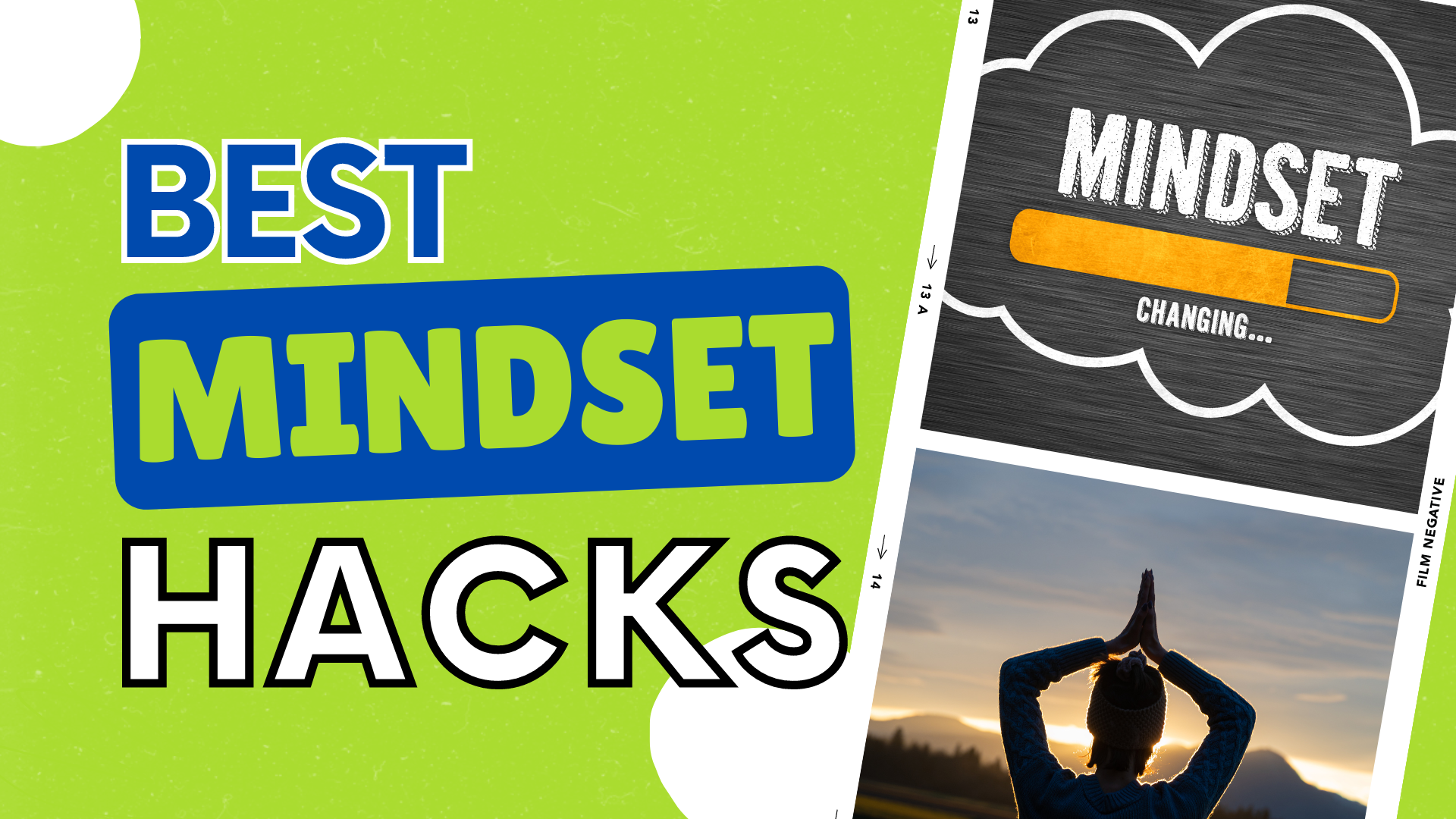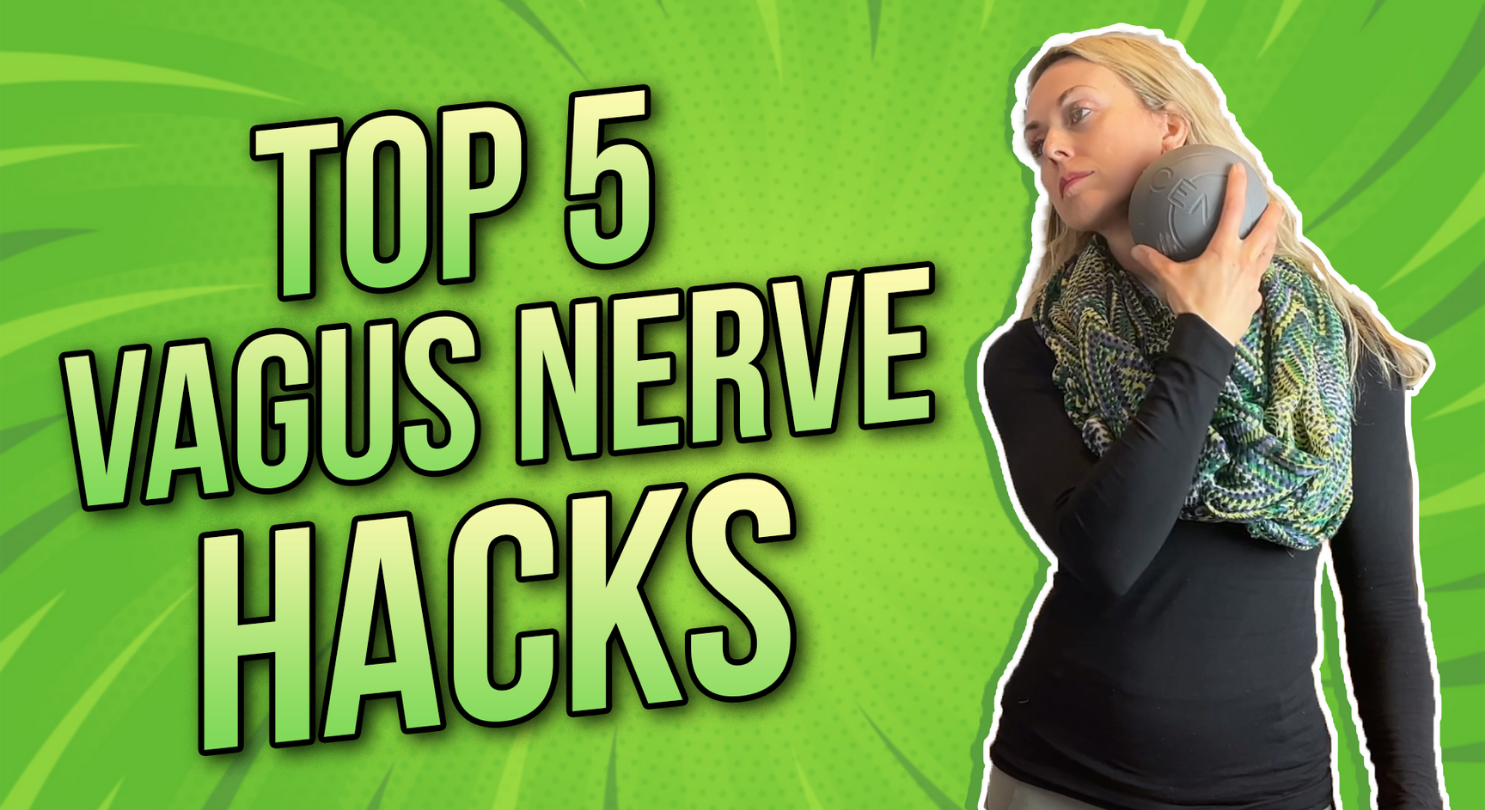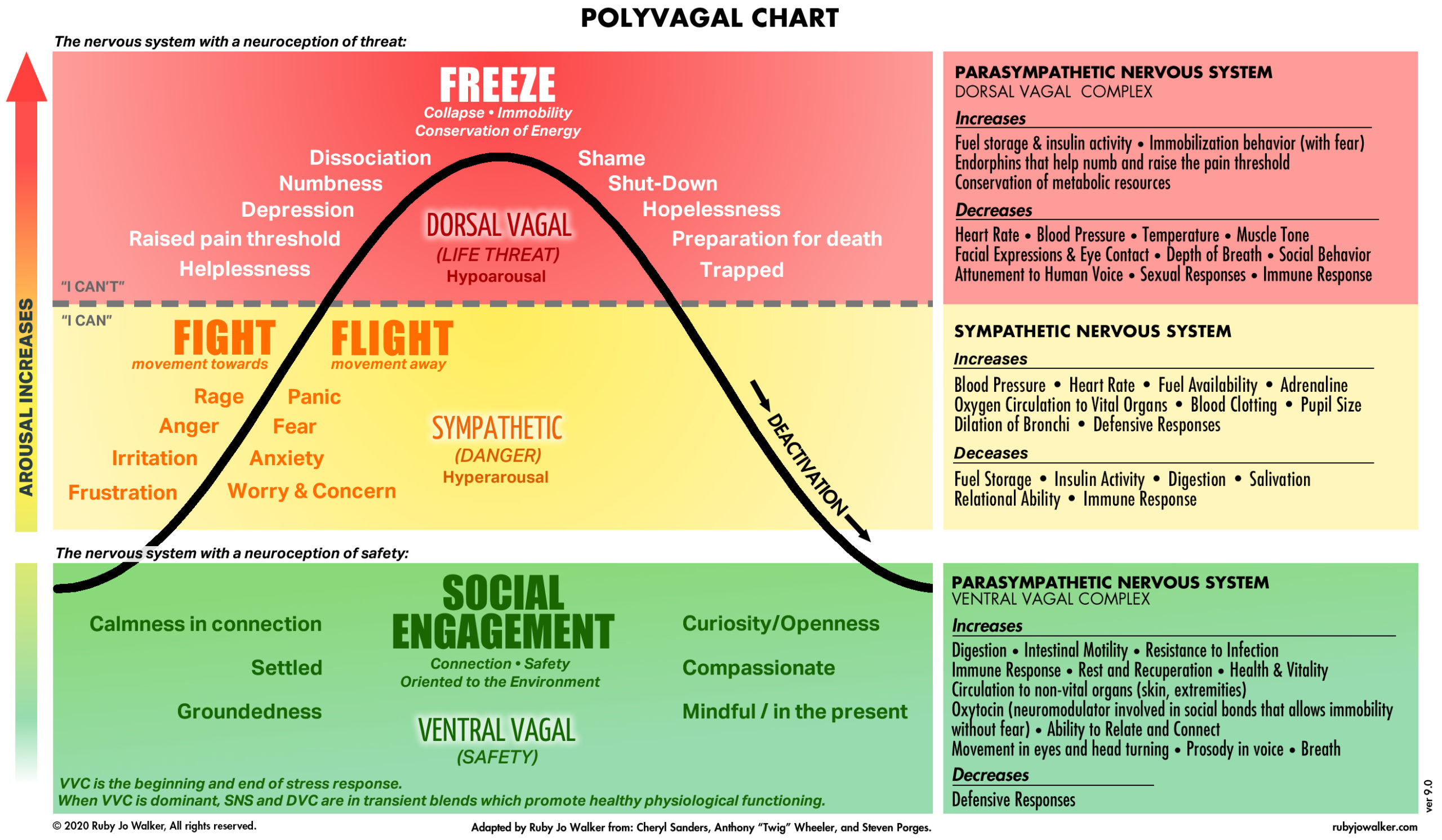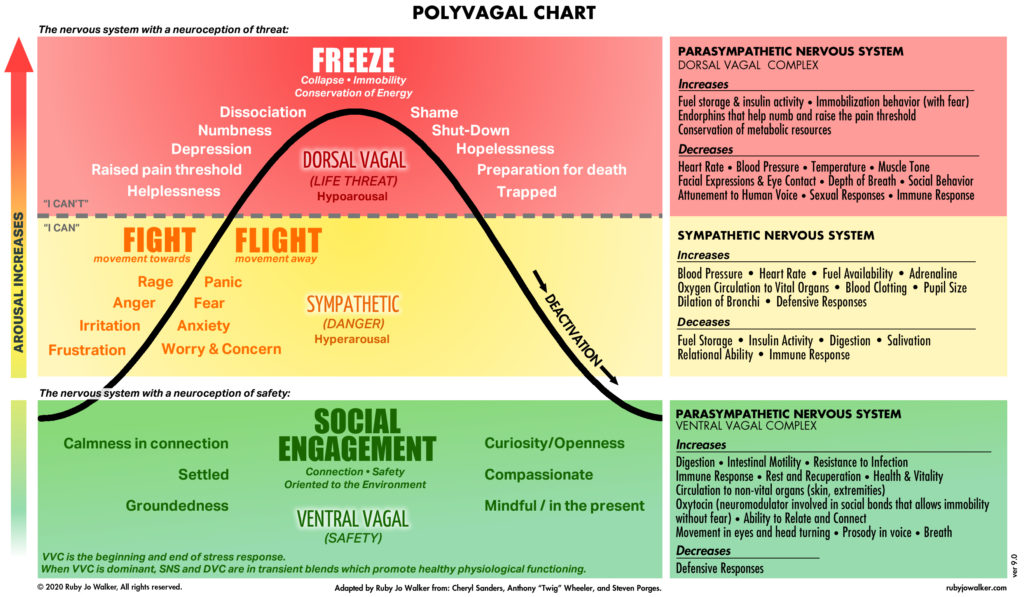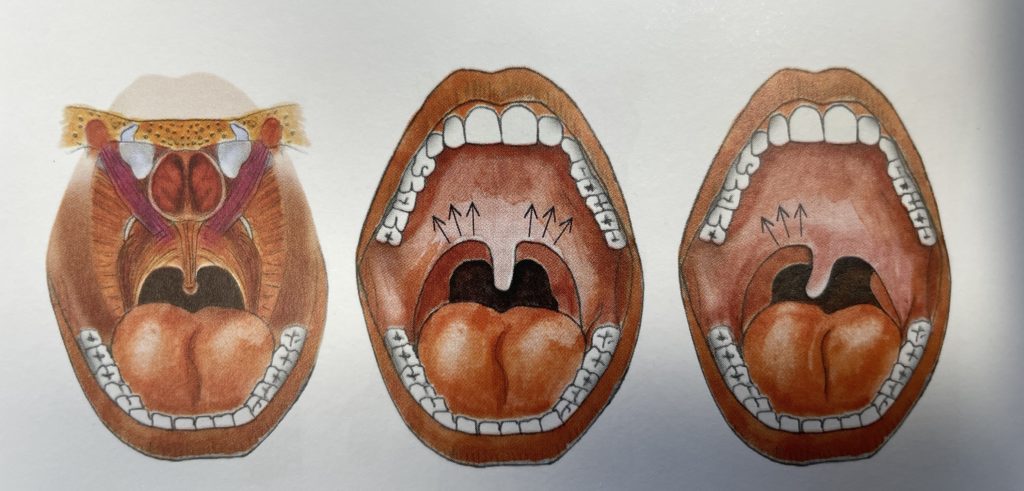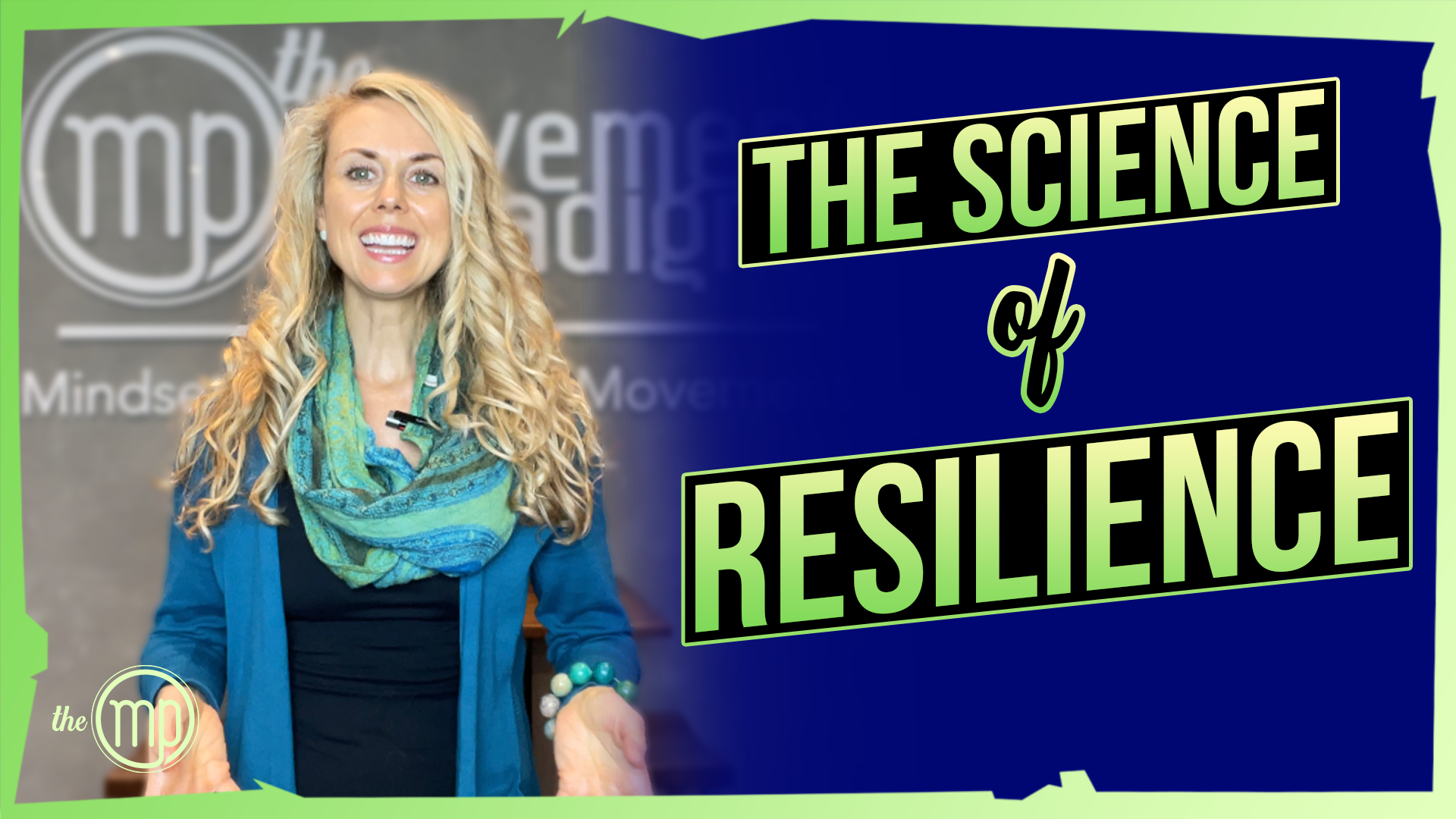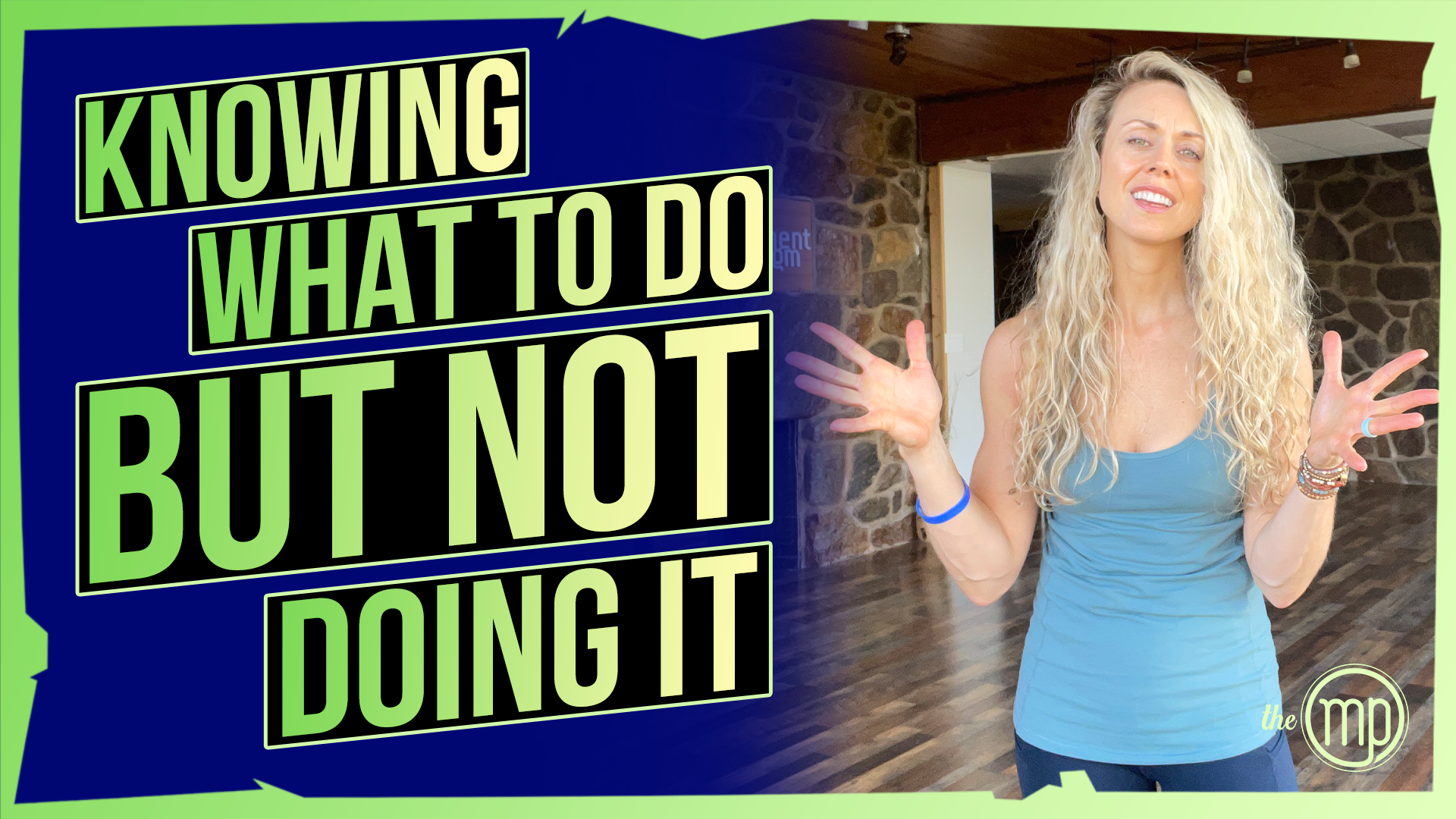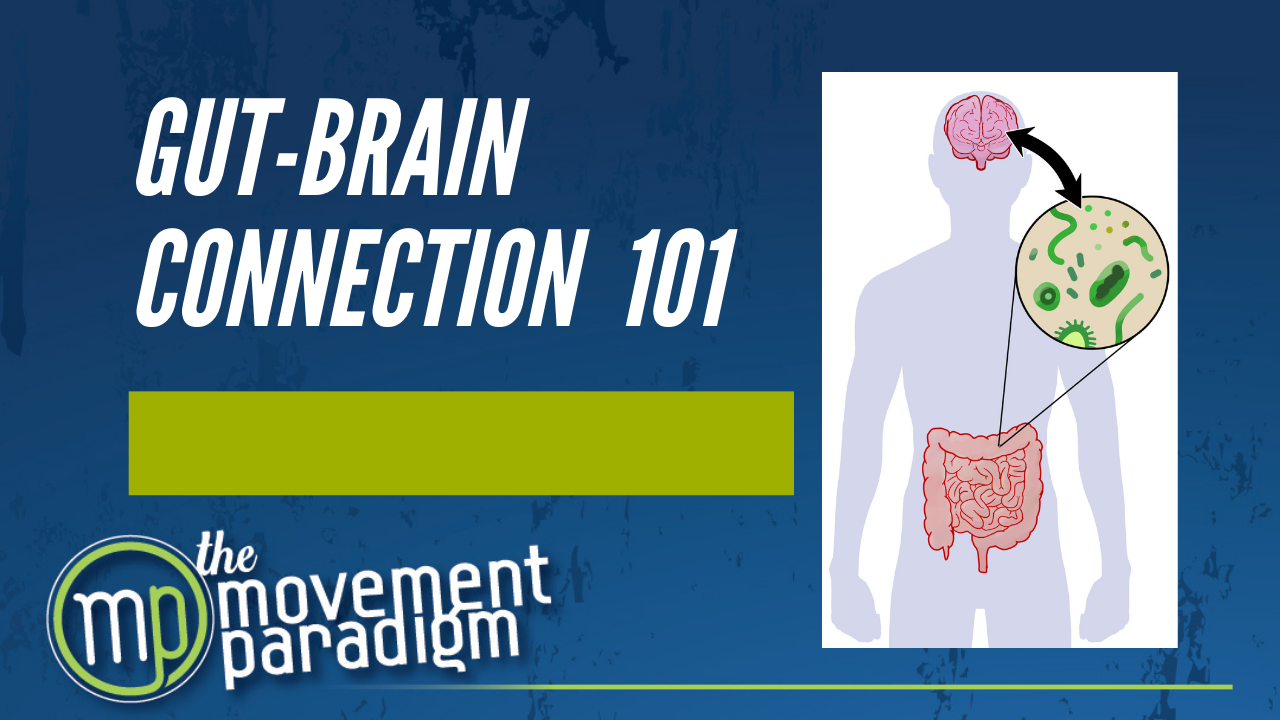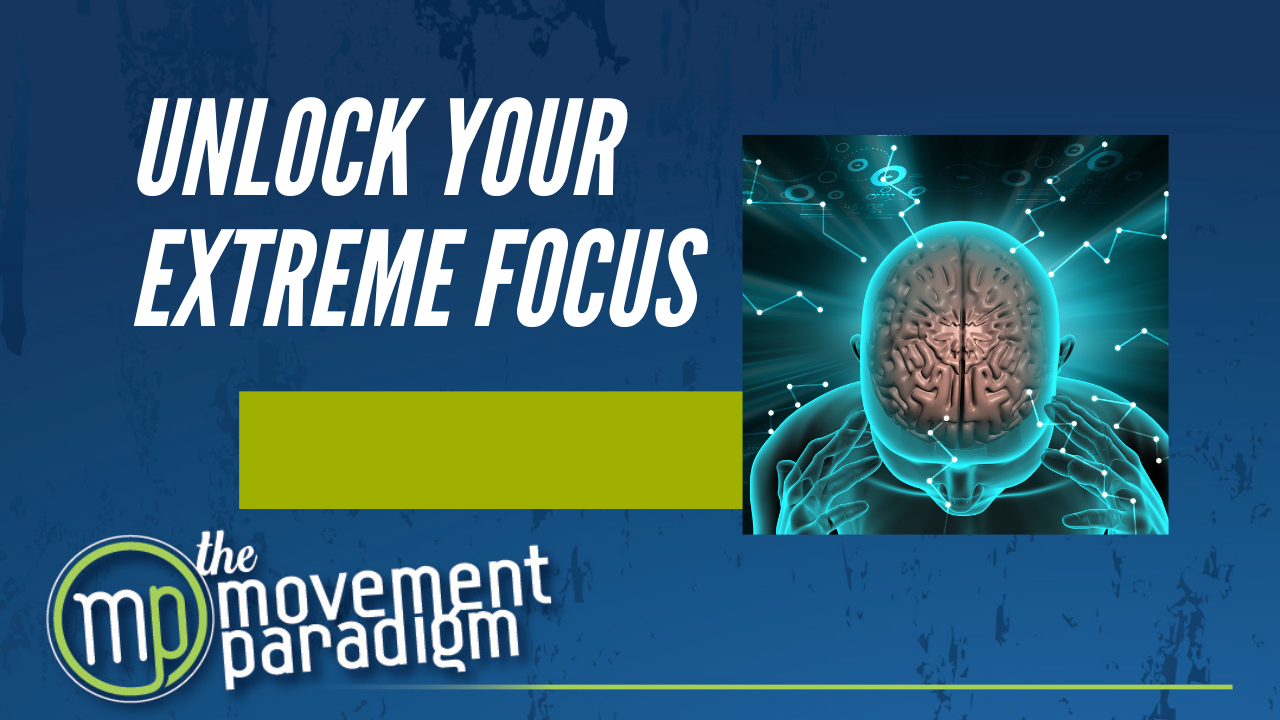Do you ever feel like you’re not reaching your full potential? Do you struggle to achieve your goals, despite putting in the effort? Your mindset may be holding you back. But don’t worry; there are simple “mindset hacks” you can use to unleash your potential and achieve your dreams.
In this blog, we’ll explore some of my most effective mindset hacks that can help you overcome limiting beliefs, develop a growth mindset, and increase your motivation and productivity. So, if you’re ready to unlock your full potential, keep reading and discover some of my favorite mindset hacks that can help you transform your life.
Rather watch or listen?
Subconscious vs. Conscious Mind
One of the things I always like to discuss regarding mindset is the difference between our subconscious and conscious minds. Our conscious mind accounts for only one percent of our mind, while our subconscious mind accounts for 99 percent.
When we set goals, such as losing weight, exercising more, or achieving a specific objective, we use our conscious mind, representing that one percent. On the other hand, our subconscious mind includes our past experiences, thoughts, behaviors, emotions, and day-to-day activities.
To avoid constant conflict, we must align these two aspects of our minds. A perfect example of this is our inclination to move away from pain and towards pleasure. For example, after a long week, we may feel more drawn to pizza and beer or wine instead of a salad with chicken, which we might have eaten during our workweek. This tendency towards pleasure will always be a challenge to overcome.
Mindset Hacks
1. Identify what your conscious goal is
First, it’s important to identify your conscious goal and then begin setting yourself up for success. Consider the Triune Brain Theory. First, there’s the early Reptilian Brain, which is like our autopilot, responsible for fight or flight responses. Then there’s the early Mammalian Brain, which can be thought of as our limbic system or emotional brain. Finally, there’s the Neocortex, where we reason, gain insight, and have rationale.
To shift our mindset, we must move away from constantly avoiding pain due to fear. If we want to move out of our comfort zone, we need to shift into the Neocortex. We must think with reason and insight. Unfortunately, our nervous system is designed to protect us, and it can be difficult to leave our comfort zone. We may only peek out before quickly retreating because our nervous system signals that it’s dangerous, and protection mechanisms must be in place.
2. Think about your comfort zone
Now that we have identified both our subconscious and conscious minds, let’s focus on our comfort zone. It’s important to recognize when we are in a state of fear and understand that our nervous system is doing what it should. However, it’s even more reason why we should challenge ourselves to step out of our comfort zone safely and gradually.
For example, if we want to exercise more, we shouldn’t go from not walking at all to walking 60 minutes, five days a week. This can trigger an unrealistic nervous response and lead to a crash. Instead, we should start with something small like walking for five minutes a day and gradually increase it.
Doing this builds safety and resilience in our nervous system, body, and emotions. It’s important to move at a slow pace and signal to our nervous system that it’s safe to step out of our comfort zone and into a growth zone.
3. Changing our wiring
From a neuroplasticity perspective, we have something called BDNF (brain-derived neurotrophic factor). With BDNF, we can rewire our brains in as little as 20 to 30 seconds by creating new patterns.
For example, if you tend to immediately go to the kitchen and overeat when you come home, you can change that behavior by taking just 20 seconds to shift your environment, such as by going for a short walk outside instead. By doing this repeatedly, you can effectively re-pattern and rewire your brain.
This is important because many of the subconscious patterns we have are what hold us back. However, by forming a new habit in 30 days and reinforcing it for 45 days, you can make remarkable progress. So, the next time you want to make a change, remember that even small adjustments, when repeated consistently, can lead to significant improvements.
4. Think about the neurotransmitter mix
The fourth aspect to consider is the mix of neurotransmitters that are released when we attempt to make a change. Initially, norepinephrine is released, which signals a bit of fear, danger, alertness, and focus.
As we continue to make progress, acetylcholine is released, which helps us to focus on the task at hand. Then, dopamine is ultimately released, which feeds the reward cycle, reinforcing our progress and motivating us to continue our efforts.
5. Sense of urgency
Lastly, it’s important to create a sense of urgency by setting a deadline. This can be highly effective when paired with SMART goals, which are specific, measurable, achievable, relevant, time-bound, and action-oriented. Setting a deadline helps to ensure that we are working towards achieving our goals in a realistic and focused manner.
The Bottom Line
These are just a few of my favorite mindset hacks. Hopefully, you can adopt at least one and gain a different perspective on making positive changes in your life.
If you found this helpful, please give it a like and share it. Subscribe to our YouTube channel, The Movement Paradigm, for weekly tips on mindset, nutrition, and movement. And if you need help on your journey, we’d love the opportunity to assist you in becoming the best version of yourself. Feel free to reach out for a discovery session.
Other things that might interest you:

